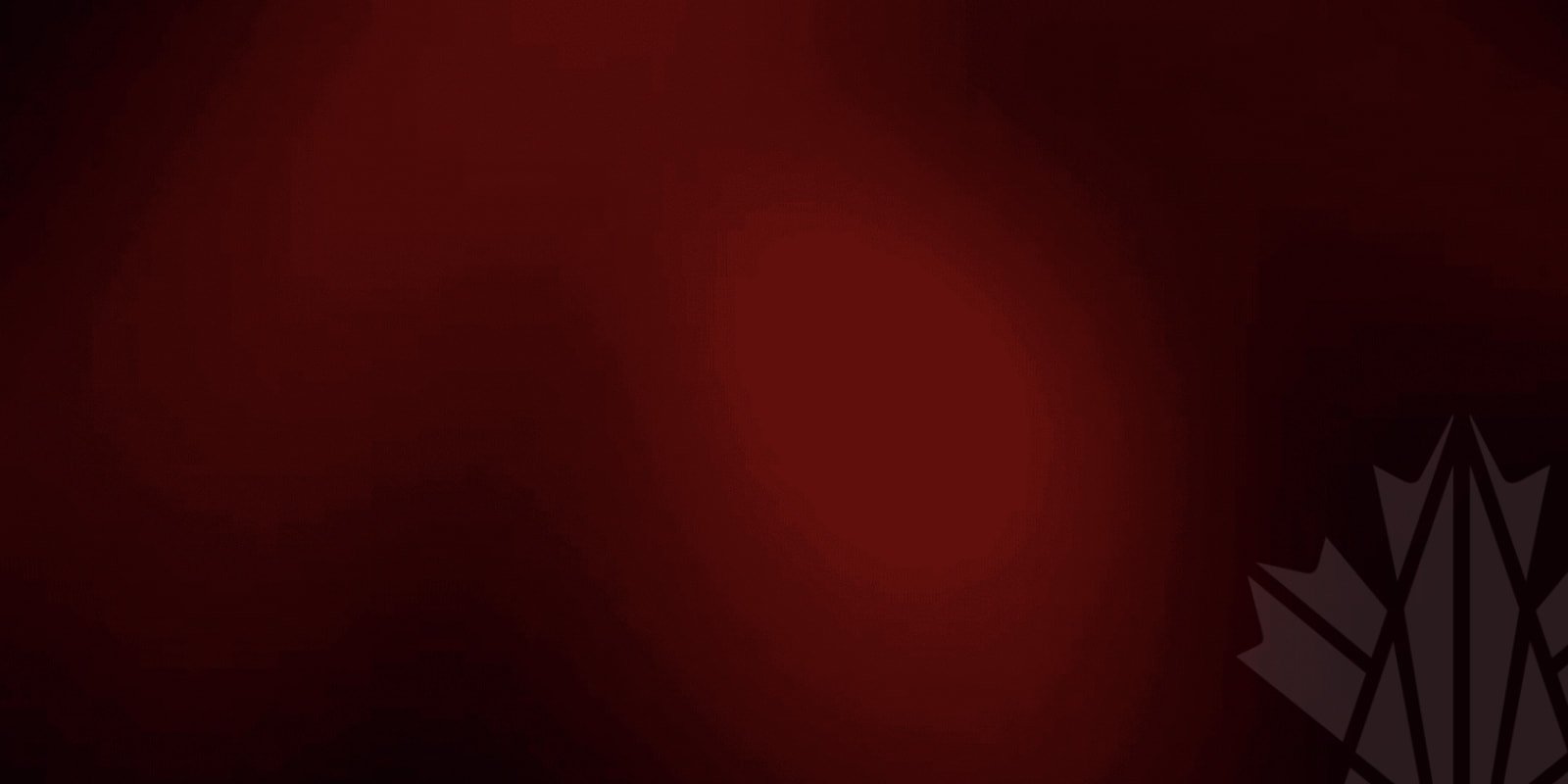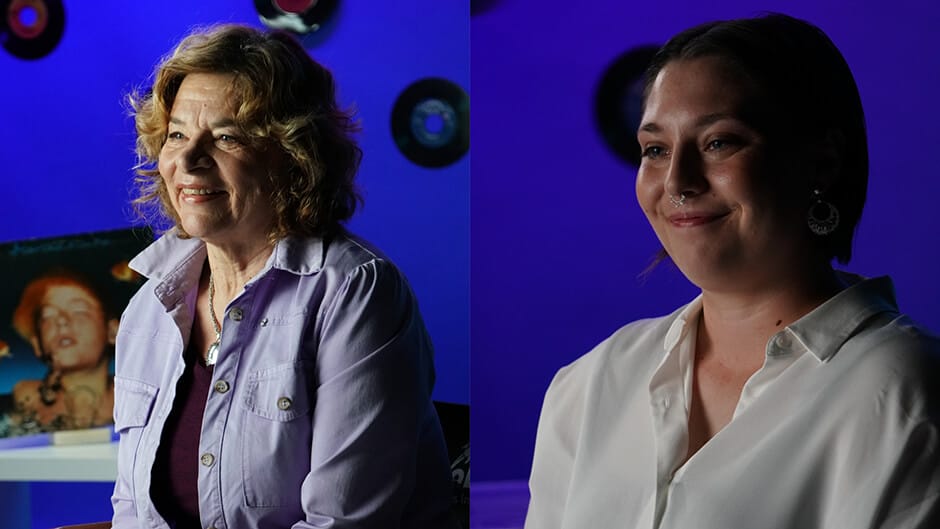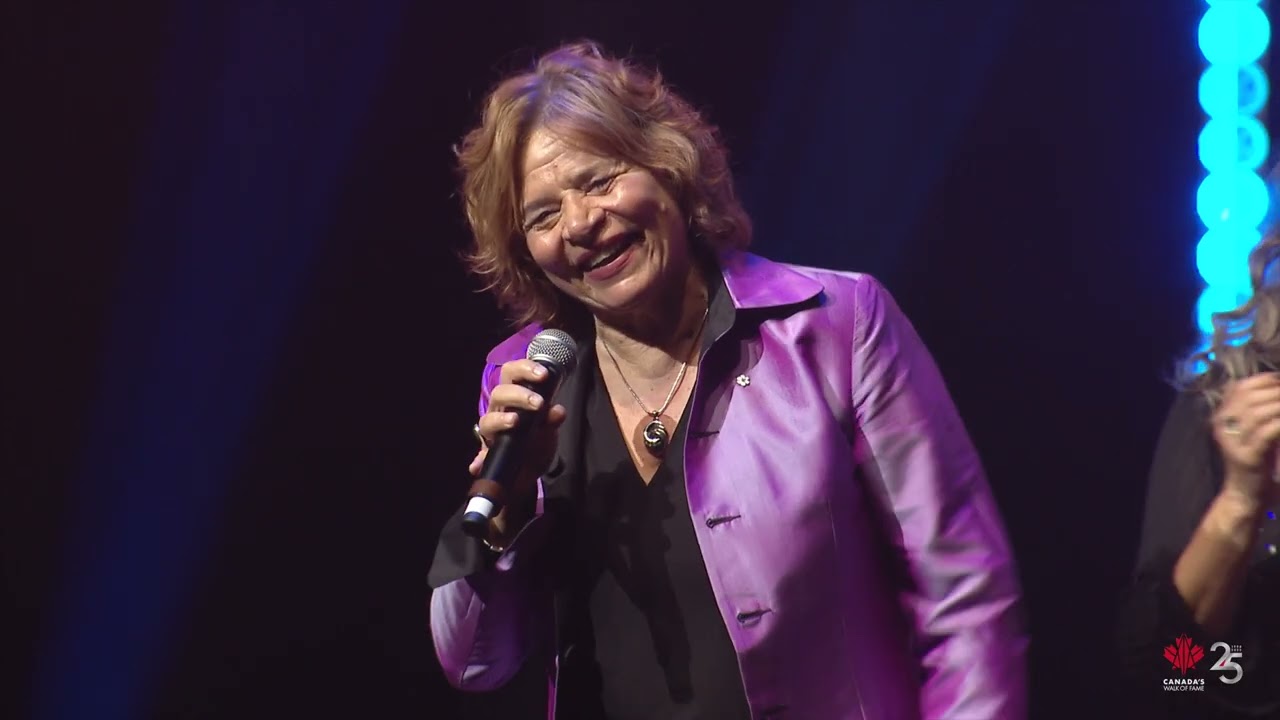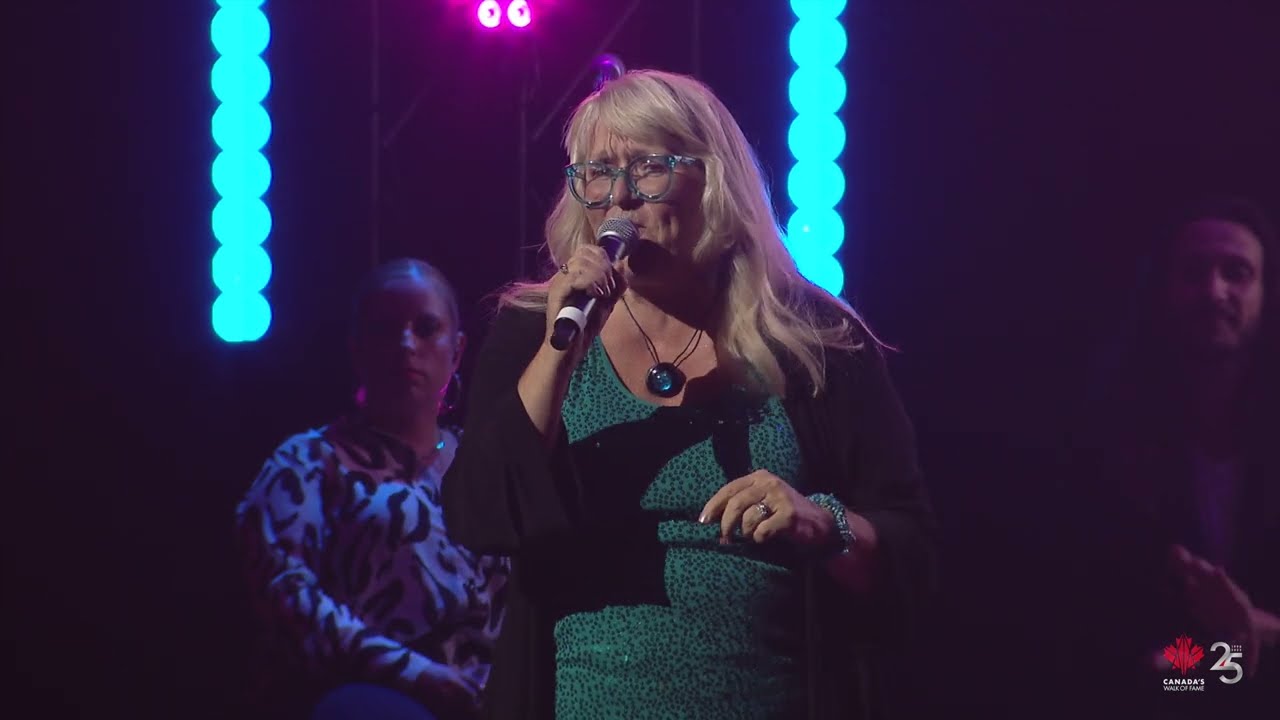A Short History of the Band
The Setup
In the late seventies, as Toronto was simmering with the music and politics of many subcultures and communities, a potent art and music and punk scene was constellating in the area of the Ontario College of Art and bars like the El Mocambo, and the Cabana Room in the Spadina Hotel. A powerful reggae and West Indian soca music scene was happening in North Toronto with Dub poets Lillian Allen and Clifton Joseph who focused their work on issues of race and language while members of the women’s movement and gay communities were partying in the artist-inspired booze cans and “Queen Street” clubs – The Rivoli, the Cameron Hotel and the Bamboo Club – joining the long-established country and western bar, the Horseshoe. The time was right for an explosive cross-fertilization of creativity as writers, artists and musicians from Toronto’s previously segregated “undergrounds met in booze cans and performance art spaces that represented the burgeoning culture on Queen St. West.
The Band
In this fertile atmosphere of a musical wild zone, Lorraine Segato, and Lauri Conger cut their teeth as members of an all-women rock and roll unit called Mama Quilla II. Drummer Billy Bryans was busy producing tracks for the Time Twins, BopCats and Downchild Blues Band and playing with new wave art trio the Government. It was in this context that Billy and Lorraine met and became long-time music collaborators. Billy became the “token male” in the all-women band Mama Quilla 2 and Mojah the lead singer for Toronto’s premier Rasta-reggae band Truth and Rights mentored them both. Together with Terry Wilkins (previous of Rough Trade), Mojah, Billy and Lorraine evolved into “V,” a short-lived but popular radical funk, soca and dub-wise reggae experience that cut across gender and race boundaries by featuring two lead singers: Lorraine, a white feminist and Mojah, a black Rastafarian. T
Billy & Lorraine’s exposure to Latin, Caribbean and African music informed the grooves that would become the signature style of The Parachute Club’s music along with their commitment to feminist politics.
How They Came To Be
In 1982 Billy received a request to play a party for the Toronto International Film Festival but when neither Mama Quilla 2 nor “V” were available, Bryans, Segato and Conger evolved into yet another 7-piece groove unit they called The Parachute Club. Their first gig was a film festival party that immediately led to a coveted gig at a popular booze can called the MBC (which later became the Bamboo Club). It was there in that crowded smoky booze can they were offered a demo deal by the co-founder of the independent record company Current Records. Upon signing to the demo deal Billy and Lorraine promptly escaped to Trinidad to visit their friend Mojah, take in Carnival and study the complex Caribbean soca rhythms that inspired them so.
They arrived back to the news that they had just one month to get twelve songs together for an album to be distributed by RCA.
While Billy and Lorraine initially set the musical and political context of the band, Lauri Conger’s brilliant keyboards and songwriting and Steve Webster’s funky bass playing were instrumental in creating the band’s sound, while lead guitarist Dave Gray, percussionist/vocalist Julie Masi and sax player Margo Davidson brought their musical chops and performance skills to the project. Lynne Fernie, an artist friend of Lorraine and Billy’s became a kind of “honorary” member with her lyric contributions during songwriting sessions. The sessions were the genesis of such classic Parachute Club songs as “Rise Up”, “Slip Away”, “Are You Hungry?”, “She Tell You” and “Free Up Yourself”
Their first record was recorded at the now famous Grant Ave Studio in Hamilton with Producer Daniel Lanois’ genius focusing on the raw energy of the group, defining and creating what became the band’s trademark sound of layered keyboards and guitars, global rhythms, and big choruses all setting off the impassioned lead vocals of Lorraine Segato.
The Parachute Club’s self-titled debut album floated onto the radio waves in Canada in the summer of 1983 and, as the temperature rose, “Rise Up” ascended up the charts. “Rise Up” was a top ten radio hit on virtually every radio station across the country and was eventually named Number 1 Canadian Single on RPM’s music poll. More importantly, it came to be remembered as an anthemic call for equality and empowerment. No one was more surprised than the band. Videos, tours, gold and platinum records and awards such as the Juno’s, Casby‘s and Black Music awards followed. The dance remix of “Rise Up” by Jellybean Benitez ( Madonna’s producer for Holiday) cracked the top ten of the Billboard charts,
The Parachute Club’s infectious rhythms and messages jumped energetically into Canadian popular music culture and represented a unique voice on the changing music scene. They were alternately criticized and applauded for their outspoken social and political statements, but no one could deny the undeniable intelligence and danceability of their music.
Their ensuing records, At the Feet of the Moon, produced by New York’s Michael Beinhorn (known for his work producing Material, Red Hot Chili Peppers, Sound Garden and Soul Asylum) saw the addition of bass player Keir Brownstone and the increased involvement of David Gray in the songwriting process. Released in 1984, the album solidified the band’s success in Canada and abroad and more Gold and Platinum records followed. Photographer Deborah Samuel’s direction of the Juno-nominated video for the single “At the Feet of the Moon” matched the music with a stunning visual treatment of the song. Segato’s direction of the top 40 song “Sexual Intelligence” was nominated for the Canadian Film & Screen Award.
Their third album, Small Victories, produced by John Oates (Hall & Oates) and The Parachute Club, was released in 1986 to great reviews and garnered more gold status, which, by 1980’s standards, was still very good. With John Oates’ and Segato’s duet Love is Fire, the band found international credibility which led to more expansive touring.
The qualities that made The Parachute Club remarkable are still rarely seen outside of underground cultures. The four powerful women musicians fronting the band, the collaborative nature of their songwriting, and the infectious nature of pop, soul, funk, African, West Indian and Latin-based rhythms coupled with a dynamite live show informed by social concerns, made the band unique in Canadian musical history. Their iconoclastic work from this period remains a creative beacon for all musicians who believe that politics, compassion and undeniably good music can have profound influences in changing the culture and empowering the spirits of the people.
Today…
In recent years there’s been a renewed interest in the music of The Parachute Club. Their groundbreaking empowerment anthem Rise Up continues to inspire some 40 years later and was recently inducted into the Songwriter’s Hall of Fame in 2019. And songs, like Cheat the Prophecy, Boy’s Club and Walls & Law’s seem more relevant than ever as they are being discovered by a new generation of artists, activists and audience members.
Many of The Parachute Club’s songs have been anthologized and used for numerous films and television documentaries. Compilation CDs, and of course played at thousands of activist rallies.
The band suffered the loss of two original members whose immense contributions continue to be felt by all those left behind. Longtime sax and conga player Margo Davidson was an energetic and talented performer. Beloved co-founder, drummer and promoter Billy Bryans left a lasting legacy through his significant contributions to the production and promotion of World Music events and artists throughout this country.
The Parachute Club in altered forms continues to play rare special events and cultural festivals with available original members, Julie Masi, David Gray, Lauri Conger and Steve Webster.
Lorraine Segato was recently awarded the Order of Canada for her early contributions as a pioneer in the LGBTQ2S+ community and her activist cultural projects. The Parachute Club’s music reminds us of a powerful and purposeful moment throughout the 1980s when the country and the culture were changing its identity, as it strove to understand the importance of embodying diversity in both the musical and societal realm.









